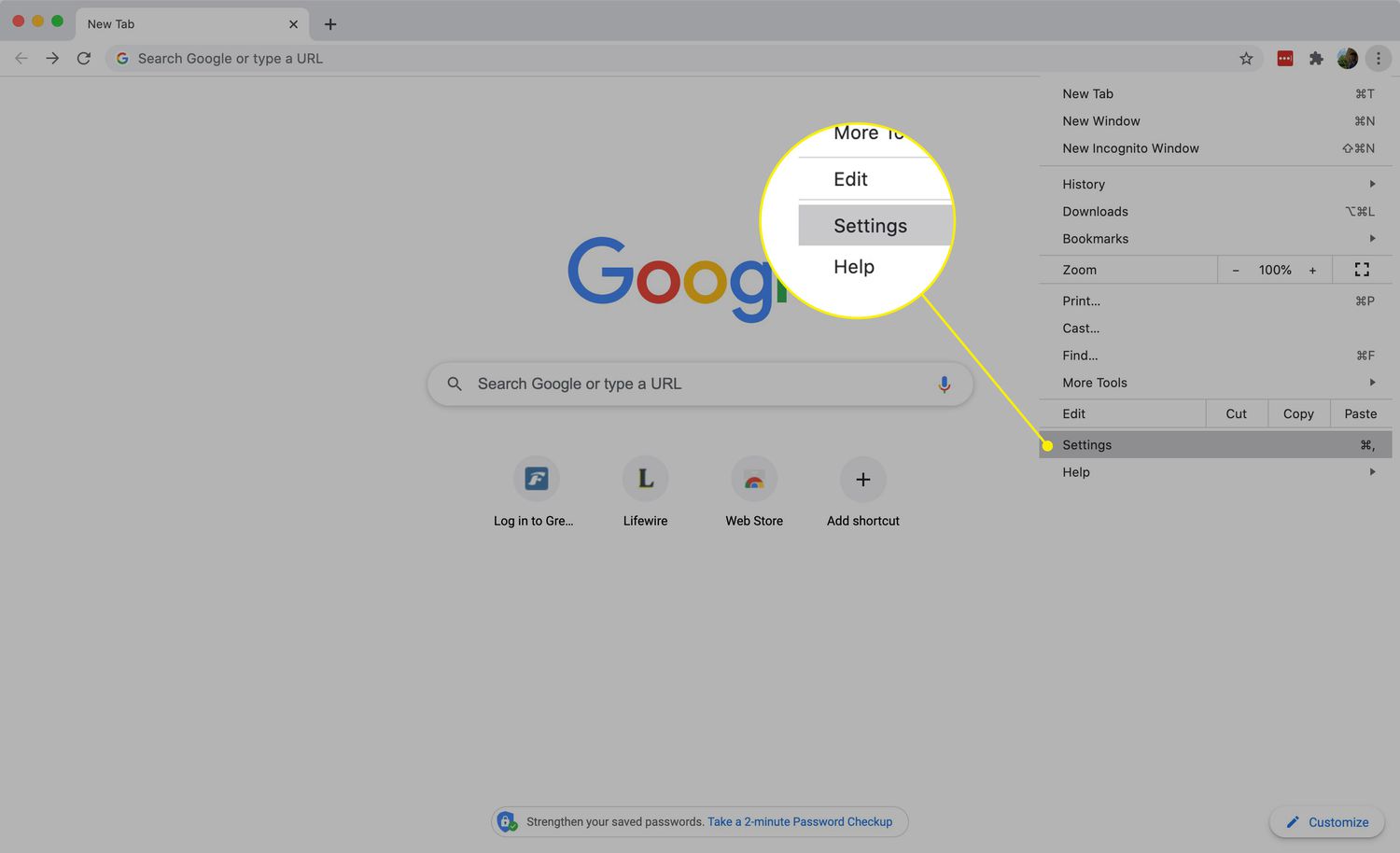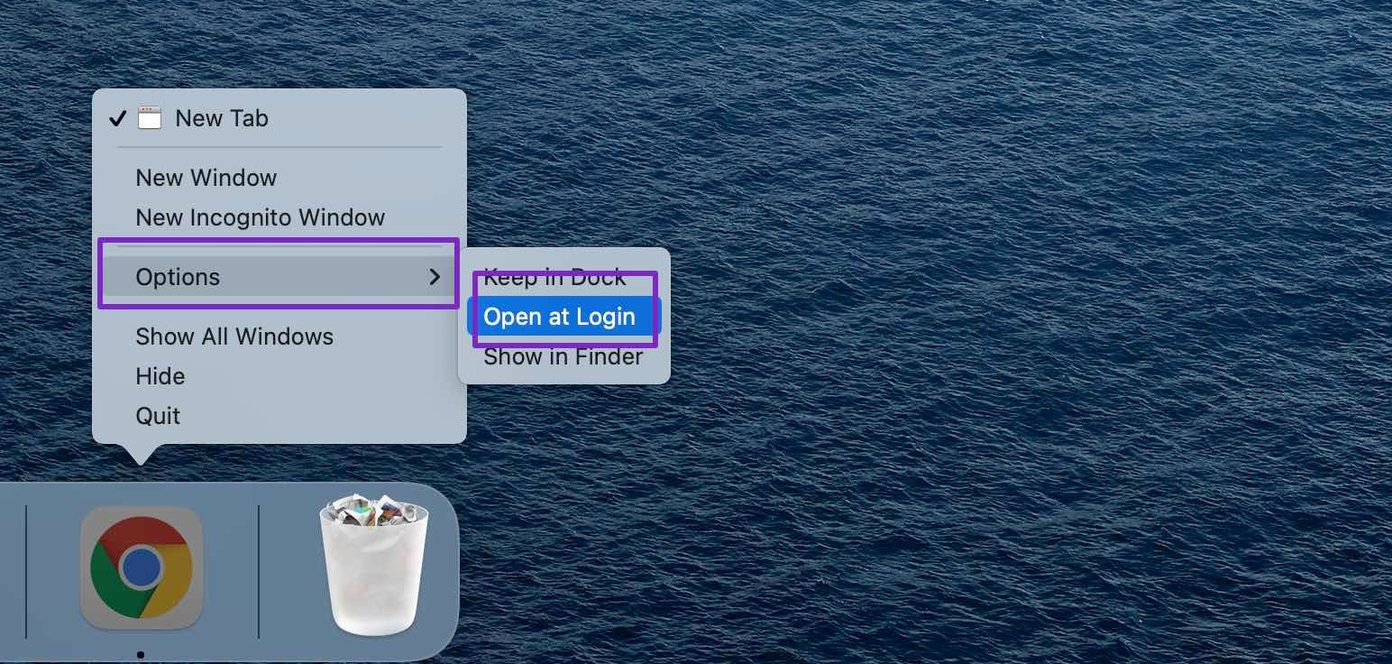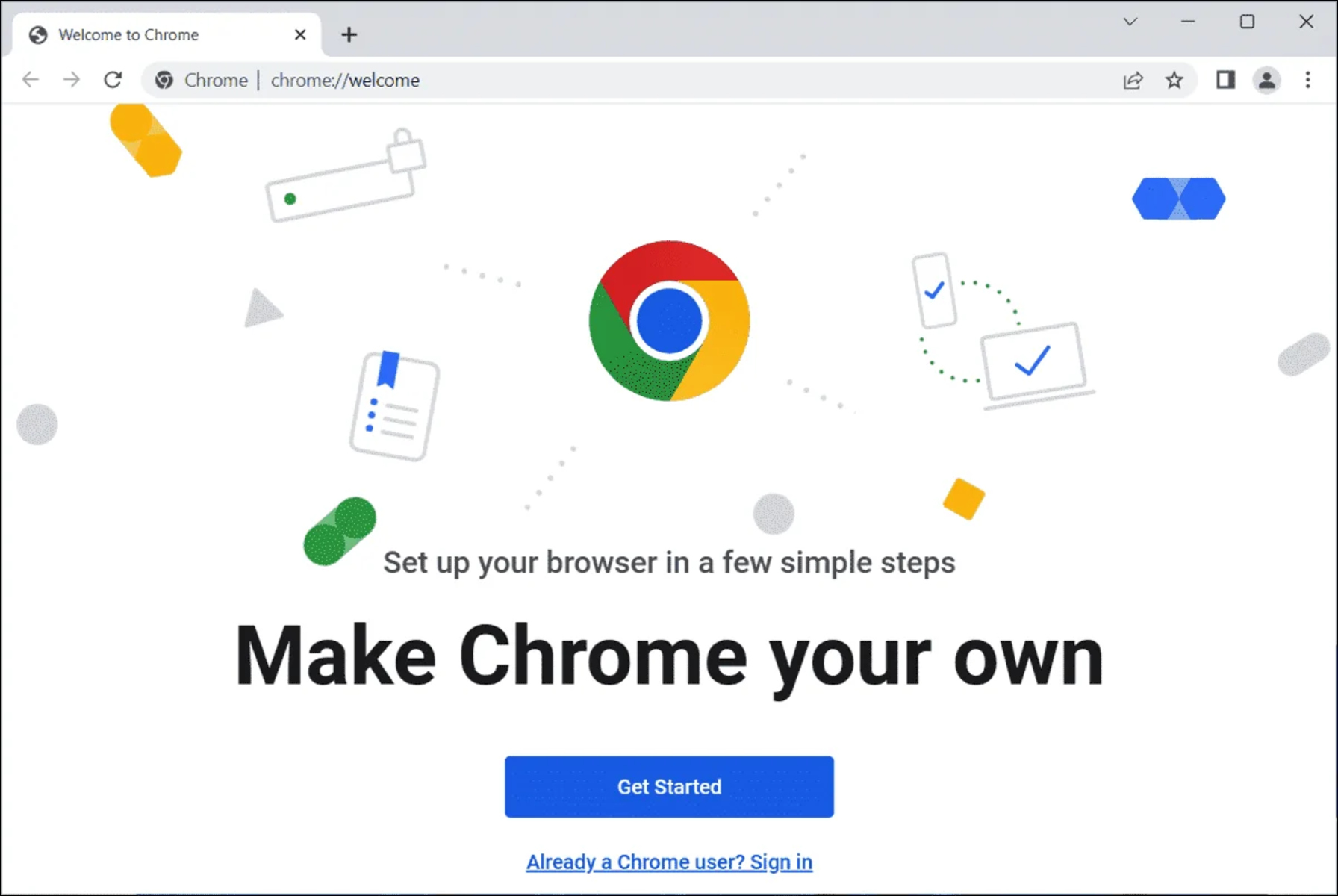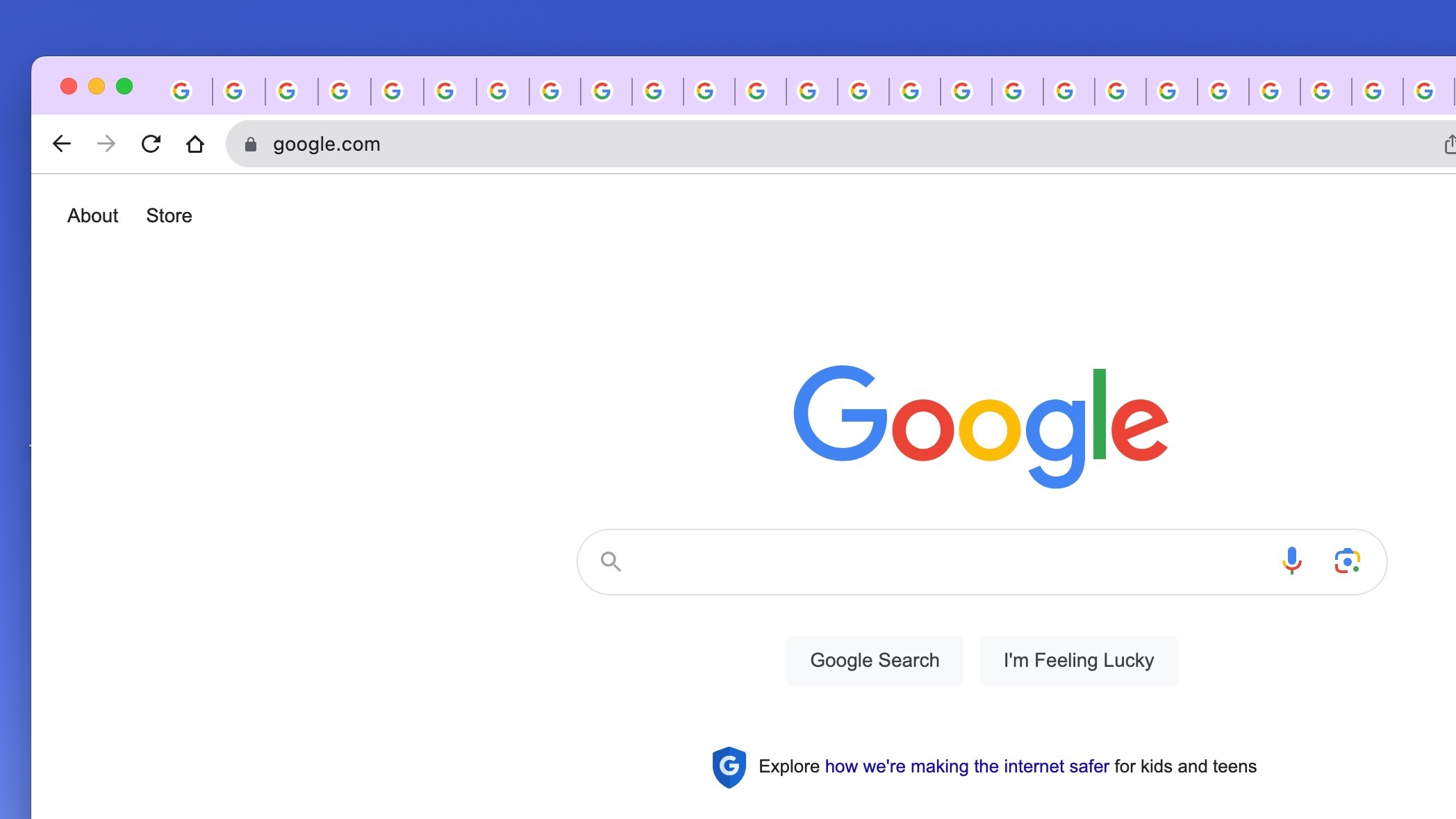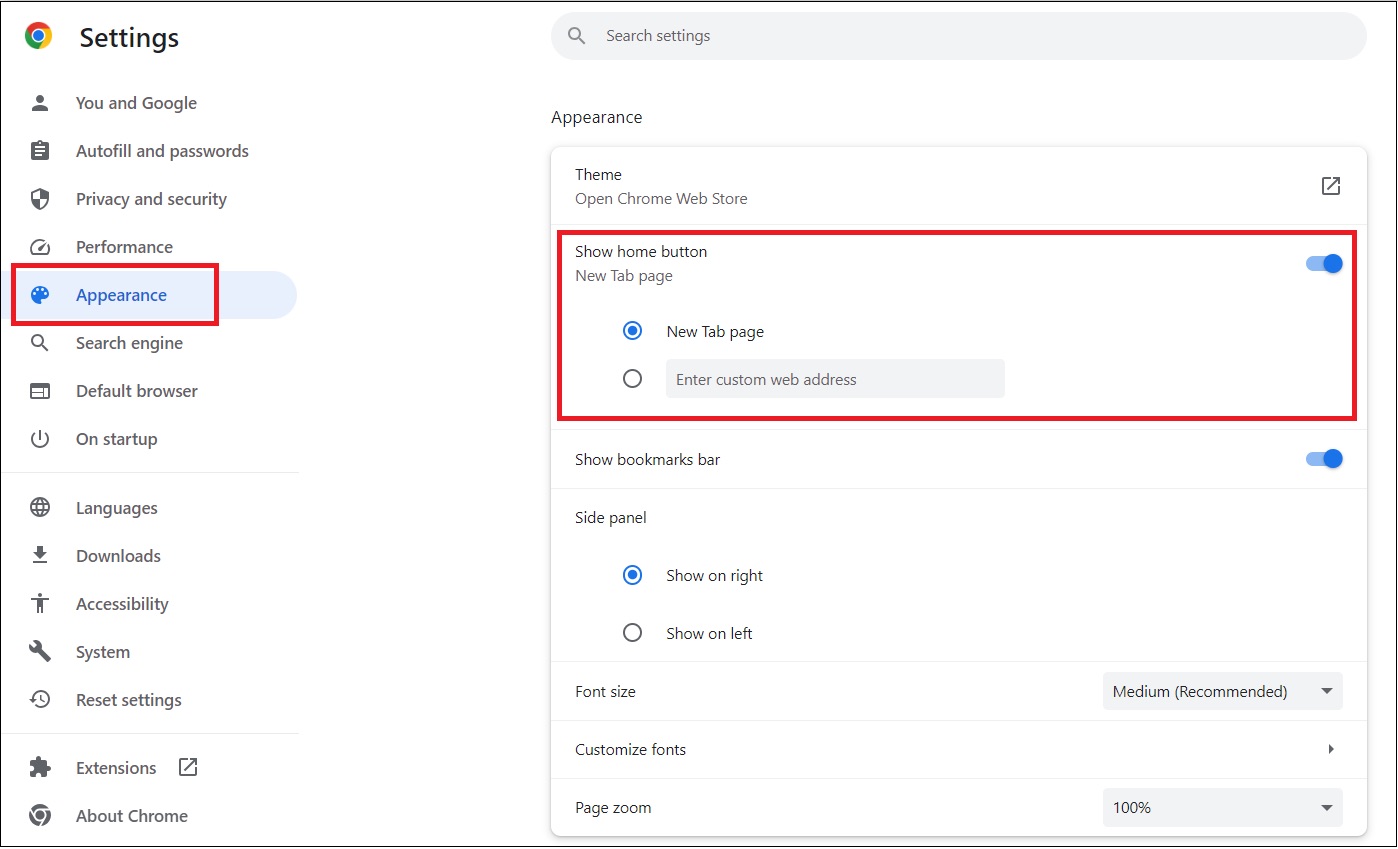Introduction
When you open your web browser, what's the first thing you want to see? For many of us, it's a familiar homepage that sets the tone for our browsing experience. In Google Chrome, the default startup page is typically the Google search engine, but did you know that you can easily change it to something that better suits your preferences? Whether it's a favorite website, a productivity tool, or a personalized dashboard, Chrome allows you to customize your startup page to make every browsing session feel just right.
In this article, we'll delve into the simple yet powerful process of changing your startup page in Chrome. You'll discover how to access the browser's settings, navigate to the startup page options, and even set a custom page that reflects your unique browsing needs. By the end of this guide, you'll have the knowledge and confidence to tailor your Chrome startup page to align with your browsing habits and interests. Let's embark on this journey to personalize your browsing experience and make Chrome truly your own.
Accessing Chrome Settings
Accessing Chrome settings is the first step towards customizing your startup page. Chrome provides a user-friendly interface to manage various aspects of the browser, including the startup page. Here's how you can access the settings:
-
Launch Chrome: Open the Google Chrome browser on your computer or laptop. You can do this by clicking on the Chrome icon on your desktop or by searching for Chrome in your applications and launching it from there.
-
Locate the Menu Icon: In the top-right corner of the Chrome window, you'll see three vertical dots arranged in a line. This is the menu icon, which serves as the gateway to Chrome's settings and customization options.
-
Open the Menu: Click on the menu icon to reveal a dropdown menu. This menu contains a variety of options for managing Chrome, including settings, history, bookmarks, and more.
-
Access Settings: Within the dropdown menu, you'll find an option labeled "Settings." Click on this option to access the Chrome settings interface.
-
Explore Settings: Once you're in the settings interface, you'll find a range of categories on the left-hand side, such as "Appearance," "Search engine," "Privacy and security," and others. These categories allow you to fine-tune different aspects of Chrome to suit your preferences.
By following these steps, you can easily access the settings in Google Chrome, setting the stage for further customization, including changing the startup page to better align with your browsing habits and interests.
Accessing Chrome settings is a straightforward process that empowers you to personalize your browsing experience. With the settings at your fingertips, you're ready to explore the various options available for customizing Chrome to suit your unique needs and preferences.
Changing the Startup Page
Once you've accessed the Chrome settings, the next step is to focus on changing the startup page. Chrome offers flexibility in this aspect, allowing you to set your preferred page to open whenever you launch the browser. Here's how you can accomplish this:
-
Navigate to the On Startup Section: Within the Chrome settings interface, locate and click on the "On startup" category. This section is specifically designed to manage the behavior of Chrome when it is launched. Here, you'll find options to control what happens when you open the browser, including the ability to set a specific page or pages to load upon startup.
-
Choose an Option: Upon entering the "On startup" section, you'll be presented with several options. These options include "Open the New Tab page," "Continue where you left off," and "Open a specific page or set of pages." To change the startup page, select the "Open a specific page or set of pages" option.
-
Edit the Startup Pages: After selecting the "Open a specific page or set of pages" option, you'll have the ability to edit the startup pages. Click on the "Add a new page" button to specify the URL of the page you want to set as your startup page. You can add multiple pages if you prefer Chrome to open with a set of specific pages.
-
Save the Changes: Once you've added the desired page or pages, remember to save your changes. This ensures that Chrome will adhere to your preferences and open the specified page or pages whenever you start the browser.
By following these steps, you can seamlessly change the startup page in Chrome to better suit your browsing habits and preferences. Whether it's a favorite news website, a productivity tool, or a personalized dashboard, Chrome empowers you to tailor your browsing experience from the moment you launch the browser.
Customizing the startup page in Chrome is a simple yet impactful way to personalize your browsing journey. With the ability to set your preferred page or pages to open upon startup, you can ensure that each browsing session begins exactly where you want it to, setting the stage for a seamless and tailored experience.
Setting a Custom Startup Page
Setting a custom startup page in Google Chrome allows you to personalize your browsing experience from the moment you launch the browser. Whether it's a frequently visited website, a productivity tool, or a personalized dashboard, Chrome provides the flexibility to tailor your startup page to align with your unique browsing habits and interests.
To set a custom startup page in Chrome, follow these simple steps:
-
Navigate to the On Startup Section: Within the Chrome settings interface, locate and click on the "On startup" category. This section is specifically designed to manage the behavior of Chrome when it is launched. Here, you'll find options to control what happens when you open the browser, including the ability to set a specific page or pages to load upon startup.
-
Choose an Option: Upon entering the "On startup" section, you'll be presented with several options. These options include "Open the New Tab page," "Continue where you left off," and "Open a specific page or set of pages." To set a custom startup page, select the "Open a specific page or set of pages" option.
-
Edit the Startup Pages: After selecting the "Open a specific page or set of pages" option, you'll have the ability to edit the startup pages. Click on the "Add a new page" button to specify the URL of the page you want to set as your startup page. You can add multiple pages if you prefer Chrome to open with a set of specific pages.
-
Save the Changes: Once you've added the desired page or pages, remember to save your changes. This ensures that Chrome will adhere to your preferences and open the specified page or pages whenever you start the browser.
By following these steps, you can seamlessly set a custom startup page in Chrome, reflecting your browsing habits and preferences. Whether it's a news website to stay updated, a project management tool for work, or a personalized dashboard to kickstart your browsing sessions, Chrome empowers you to curate your startup page to suit your individual needs.
Customizing the startup page in Chrome is a simple yet impactful way to ensure that each browsing session begins exactly where you want it to. With the ability to set your preferred page or pages to open upon startup, you can create a seamless and tailored browsing experience that resonates with your unique preferences and interests.
Conclusion
In conclusion, the ability to change and set a custom startup page in Google Chrome offers a valuable opportunity to personalize your browsing experience. By accessing the Chrome settings and navigating to the "On startup" section, users can effortlessly tailor their browsing journey from the moment they launch the browser. Whether it's a favorite news website, a productivity tool, or a personalized dashboard, Chrome empowers individuals to curate their startup page to align with their unique browsing habits and interests.
The process of changing the startup page in Chrome is intuitive and user-friendly, allowing for seamless customization. By selecting the "Open a specific page or set of pages" option within the "On startup" section, users can specify their preferred startup page or pages, ensuring that each browsing session begins exactly where they want it to. This level of personalization sets the stage for a tailored and efficient browsing experience, as users can have immediate access to the content or tools that matter most to them.
Furthermore, the ability to set a custom startup page in Chrome reflects the browser's commitment to user-centric design and flexibility. Whether users prefer a minimalist approach with a blank page, a dynamic start with a news aggregator, or a functional launchpad with productivity tools, Chrome accommodates diverse preferences. This adaptability underscores Chrome's dedication to empowering users to shape their browsing environment according to their individual needs and preferences.
By setting a custom startup page in Chrome, users can streamline their browsing experience, enhance productivity, and infuse a personal touch into their daily online interactions. Whether it's for work, leisure, or staying informed, the startup page serves as a gateway to the digital world, and Chrome's customization options ensure that this gateway reflects the user's unique preferences and priorities.
In essence, the ability to change and set a custom startup page in Chrome is a testament to the browser's commitment to user empowerment and personalization. By offering a seamless and intuitive process to tailor the startup page, Chrome enables users to take ownership of their browsing experience, ensuring that every interaction with the browser is meaningful, efficient, and reflective of their individual preferences.







